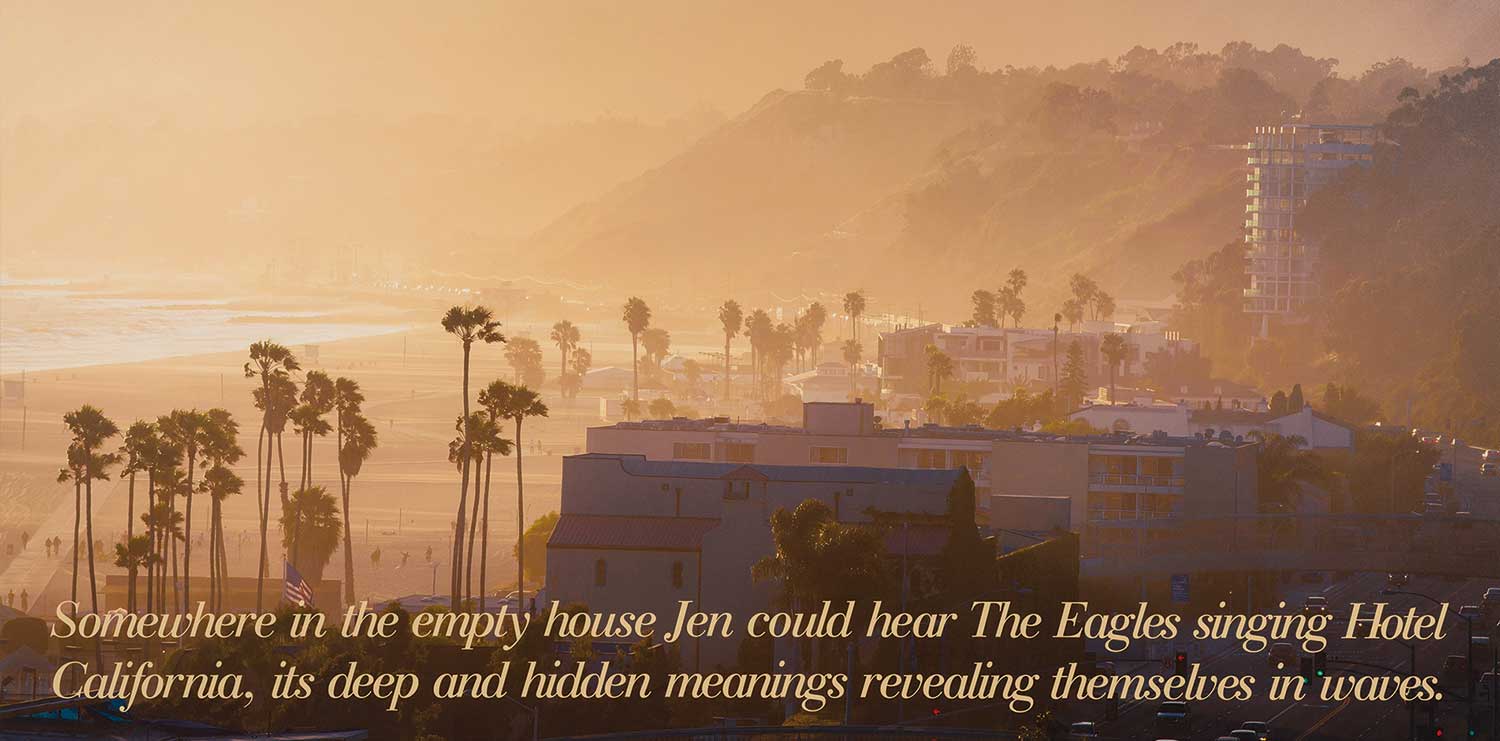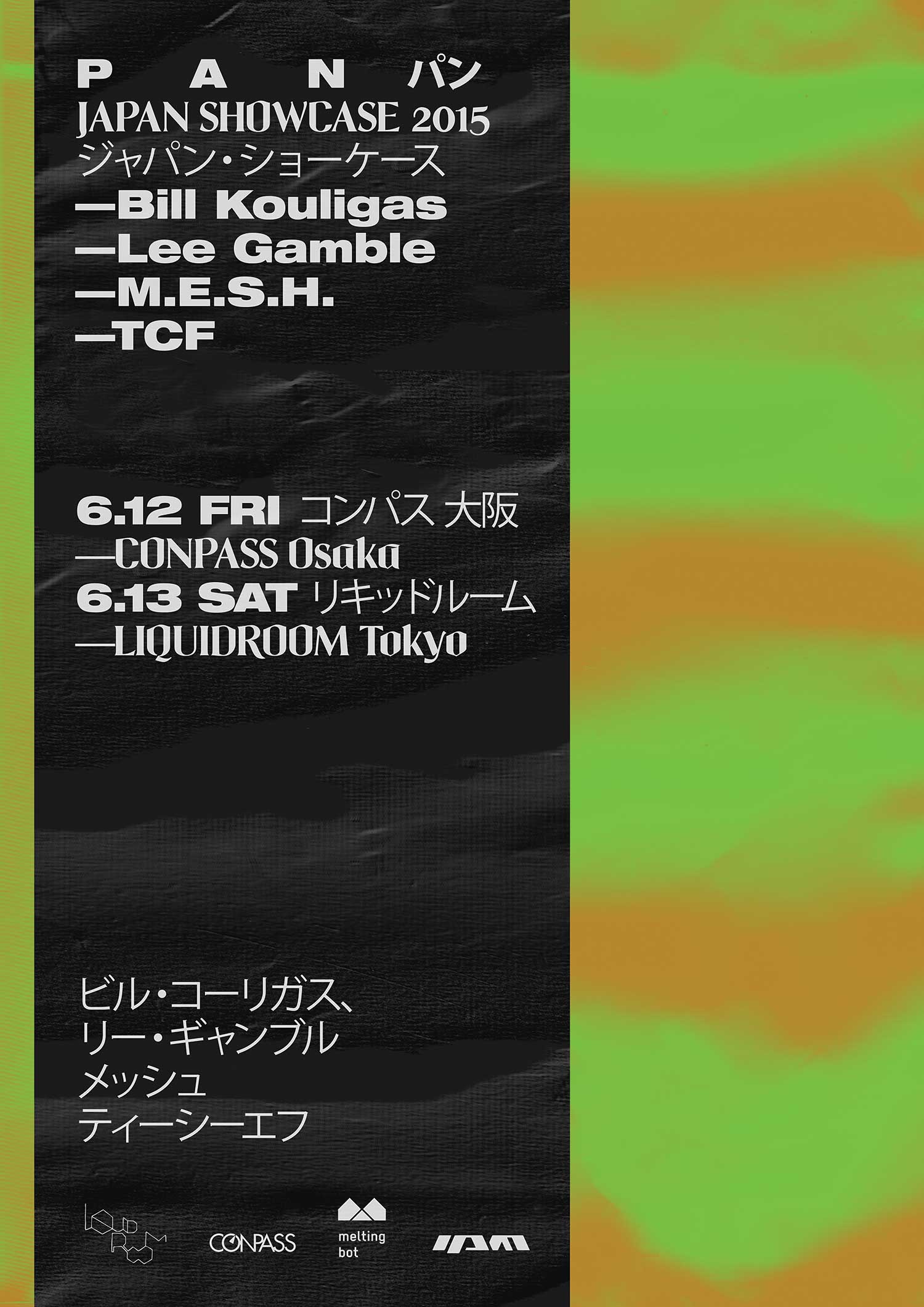
“How can anything ever present itself truly to us since its synthesis is never completed?” Says Maurice Merleau-Ponty, via Umberto Eco, in a snippet that comes as close we’ll ever get to summing up The Open Work, in one line. [Harvard University Press, Cambridge, MA, 1989, p. 17 ] Far from being a neoliberal juggling act, or a demand for constant innovation, the “open work” presents the possibility of a back–and-forth movement between self and the world, a type of guide-book on how to keep cultural production in flux. Today, “familiarity” in technological, political and labor relations seem to have become a biopower, and “openness” has become a very lucrative business model. Against this climate, Eco’s 1962 text — a model for estrangement and ambiguity, as well as a protest (often at the level of language) against standardization and management — is as urgent and open as ever.
For Eco, an “open work” is a work in which the minds and bodies of performers, readers, viewers and other addresses are no longer provided authorial direction. Instead, they must start to make decisions of their own. An “open work” is firstly formal (an arrangement of informational bits but not meaning) and secondly a space of ambiguous and open-ended chaosmosis, which may be moved through in any number of directions undesignated by the author. Like poetic language, which uses terms in ways that upset their usual referential function, the “open work” creates unconventional combinations of information that may be worked and then reworked anew, each time differently depending on the addressee who must self-organize themselves through the multiple possibilities.
The “open work” elongates the univocal (author) into the polyvocal (multiple authors, readers, enactors, collaborators) so that addressees are irksomely thrust into the role of a hyperactive cryptographer. Brechtian plays, for instance, stop short of providing a solution, and conclude onstage action in ambiguity, using this open-endedness as an instrument of revolutionary pedagogics. The “open work” then arrives when there is a coexistence between a stable, formal composition and — at the exact same time — an unresolved activity within (and because of) this composition; an activity that the author of the composition can never entirely own or control, thereby devolving intellectual authority and upsetting the hierarchy of who has the power to organize our thinking.

Recently, I’ve been thinking about models of devolved directorial authorship, and collectively built content, as can be found in the work of writer/director heroes of mine, as well as in slightly less heroic projects, with whom I might (as an artist who devises work) share tactics. These include Mike Leigh’s early devised — not directed — TV plays, some Dogma 95 precedents, William Greaves’s Symbiopsychotaxiplasm (1968) and structured reality television shows such as The Hills and The Only Way is Essex. In these cases, the plot department is replaced by producers/directors who provide an open structure, trusting that content must and will arrive from the cast. Unlike Brecht, Pousseur, Stockhausen (part of Eco’s “open work” A-Team) the director/writers in these models are not making compositions that can be interpreted and re-worked, without the director, over decades, (even centuries) by different performers. Nonetheless, their practices do depends on an open and flexible approach to building content with their cast. Workshopping with jointly pooled ideas yields better results. It’s more dynamic than designing the outcomes alone, but whether these examples are “open works” is, I think, questionable. Increasingly I’m wondering if a more accurate description might be “open organization.”
Adjacent to these “open organization” cultural models are open business leadership models, which perhaps have their precedents in so called “jam” formats that grew in popularity in the 1990s and 2000s, when businesses took lessons from jazz to accelerate the development of new technologies. In Jamming: The Art and Discipline of Business Creativity, Harvard business guru John Kao (described as a “serial innovator” by The Economist) showed readers how to gain insights into the tricky business of corporate innovation via jazz. [Harper Business, 1997] When performing a jazz standard, structure (and tradition behind that structure) is adhered to, but interpretation is handed over to the players, who can — and should — rework the standards in a manner that has as yet never been heard. This mitigates the role of the author/band leader, and opens up freedom for performers/workers to choose. One of Kao’s leadership references comes via jazz trumpeter Miles Davis who, when asked to divulge the secret to leading a band, responded with: “Four words, man. Don’t say too much.” The Davis technique is (I can affirm) really effective. “Output” is so much more lively when I resist pushing any strongly personal authorial intentions on an ensemble. Other proponents of the don’t-say-too-much “jam approach” include IBM, who began their still-functioning InnovationJam™ in the early 2000s, and the models of people management used at Google.

Google’s investment in openness might be considered as threefold: Firstly, their products are built using open-source operating systems, such that authorship of the operating system and the secrets to its success are not controlled by the sole person who writes the code — in this way sharing some terminology with Eco’s open works. Secondly, engineers are managed using a type of “open organization.” Finally, there’s Google’s “open and honest” attitude, which divulges their approaches to software development and people management, as demonstrated by self-produced material such as How Google Works [Eric Schmidt & Jonathan Rosenberg, John Murray, London, 2014]. Written in a relatable first person “we,” its concepts are made simply graspable through anecdotes, acronyms and weirdly chatty footnotes.
According to the book, the benefits of going “open source” are real (platforms generally scale more quickly when they are open), but when you default to “open” you must be bold enough to “trade control for scale and innovations, and trust that your creatives will figure it out.” [p. 209] To ensure the creatives figure it out, they must be managed with consideration to their special characteristics because innovative people “do not need to be told what to do. They need to be allowed to do it.” [idem] Traditional management tools fail because they cramp the self-initiating employee, who can think of things an org chart could never comprehend. Where traditionally there may have been coercion and restriction, smart creatives need “unusual freedom and power” to ensure that their “ideas spawn like mutations from a primordial ooze and traverse a long, perilous route from inception to fruition.” [idem]
Keeping this perilous route open for as long as possible is an integral step in the process of closing-in on the strongest solution. Strong solutions are, effectively, the best ideas; the kind that can univocally communicate their function and perform their unexpected, radical usefulness. In the case of Google, these ideas would typically become a product that can benefit (and be easily accessed) by populations of billions, to make life somewhat smoother and “familiar,” such as an improved Google map, more algorithmically tight AdWords, a self-driving car, a more precisely predictive search. Categorically we can say Google maps, AdWords, cars that don’t need our judgment, and search suggestions are not “open works” by virtue of the fact that they predict us and take away multiple decisions from us; but what about the management of the smart creatives who make these products? Can the management of labor be open work? Can you really be making an open work when its performance leads to solutions that streamline options and perpetuate familiarity?

Dissolution may be welcome in open-form organization when ideas are “in process” (when the team are throwing the liquid-idea-ooze against the wall to “see what sticks”), but only as a means of reaching a solid solution. This solution is exhausted further still when it arrives as a product and is handed to the public, sending us into ever-widening echo chambers of that which we search for, travel to, like and desire. In an open work, streamlining is precisely what cannot happen because the work is too irksome, too messily complex, even when it arrives as a more “eternal” object.
Speaking of Tintoretto and then of the Impressionists, Eco talks about painterly marks creating a state of animation and aliveness: a cacophony of information wherein the sign becomes “imprecise, ambiguous. But not so the forms themselves.” [The Open Work, Harvard University Press, Cambridge, MA, 1989, p. 85] Thanks to a degree of formal composition, the eye of the observer can still recognize Monet’s cathedrals as cathedrals, even as they are on the verge of “liquefaction, of dissolution.” In this state of near obscuration, the “open work” remains inexhaustible, as we are unable to access it in its entirety. In doing so, the work enacts the fact that we do not operate in a well-controlled world based on universally acknowledged, totally graspable laws. We exist in a state of almost-collapsing movement, where norms (from cathedrals to music scores to governance) must be negotiated, questioned and made strange. In this sense a key feature of the open work is enacting and creating defamiliarization.
Defamiliarization might occur when a subject disengages herself from her dominant normative vision of the “bounded-self” and starts to think in ways that connect her, complexly, to others. This is what Rosi Braidotti maintains, and it’s a part of her methodology of posthuman critical theory. Put simply, defamiliarization teaches us to think differently. It begins from the premise, as does Eco, that the universe is not as orderly as the Vitruvian Man’s rational brain might like to think:
You may remember that chaosmos is the universe of reference for becoming in the sense of unfolding of virtualities or transformative values. A qualitative step forward is necessary if we want subjectivity to escape the regime of commodification that is the trait of our historical era, and experiment with virtual possibilities. We need to become the sorts of subjects who actively desire to reinvent subjectivity as a set of mutant values and to draw our pleasure from that, not from the perpetuation of familiar regimens. [The Posthuman, Polity Press, Cambridge, UK, 2013, p. 93]

Dis-identifying from those usual habits of thought and representation, which make us feel affirmed and unchallenged, is, however, a terrifying thought. It is so terrifying it can lead us to reach for that which is ever more familiar, even if the familiar is palpably dreadful. An example might be Donald Trump, whose popularity in the US has arrived simultaneously alongside more complex and unfamiliar politics related to Black Lives Matter or the popularization of issues around gender and sexuality. In the landscape of this unfamiliar terrain, Trump represents an unlikely beacon of security. Using arguments that are often not based on rationality or facts — driven by his regressive, archival one-liner “Make America Great Again” — he “performs feelings that (some, mostly white) people identify with,” [Robin James, “Hello From the Same Side,” The New Inquiry, 2015]. Played back to the public, like the most mediocre of pop songs, “everything is so clear and linguistically logical that even an amateur could infer what the eventual harmonic relations of this phrase will be.” [The Open Work, p. 95].
As ever, government turns complex political problems into polarizing simplifications, constituted as catchphrases — “immigrant”, “debt”, “Brexit”; now, in parallel, our desires are prompted and pre-empted into familiarity as mimetic tweets, searches, and interests by advertising and media. These catchphrases, desires and patented slogans, may mirror the standard tonal structure of pre-emptive pop, though none of this is, in itself, a problem. Rather, it is a reality that must be recognized. It’s a fact of the universe. Certainly it must be rejected, though not necessarily obliterated, and absolutely it should be used as an unavoidably given material, from which we might start to work and think differently, holds Eco. Take the writer of popular music, so familiar with his own production that the moment he reaches for the word “remember” he’ll conjure up the image of “September,” an example Eco offers in The Open Work. [p. 138] In this sense, the songwriter’s production has begun to make his pop songs for him, to preempt him, alienating him from his production, as he loses agency to the system that dictates him.

The pop song writer can respond to his alienation in a number of ways: One is denial — ignoring the fact that there is a whole system of rhyme, syntax and pop history speaking for him that cannot be escaped. Alternatively, he can obliterate the system, triumph over it, which is still a failure to acknowledge there just is a whole syntactical system that goes before him and orders his mind. The better solution is to simply accept his alienation as a fact. By accepting he “will be acted upon by a situation” the writer can remind himself that nothing he produces (whether it be positions, speech acts, relations with others) can ever be his own and cannot therefore be controlled by him. On this basis he may can begin to exploit popular song writing’s self-destructive tendencies, and develop a positive freedom from this.
While “remember/September” is a reality we’ll never shake off, the false, dried up world view — that the universe is stable, and familiar — can be upset. Eco’s “open work” is a proposal of how to do so, calling for a form of production that bends and subverts familiar arrangements from within the system (the existence of which we cannot deny), by formulating a new grammar, built on architectures of ambiguity, not solutions. The Open Work then remains an urgent, irksome protest against the organization and management (be that open or closed, bodily or linguistic) of all which lives. It is also a production model; for an eternal rehearsal, of what this new grammar can be.





